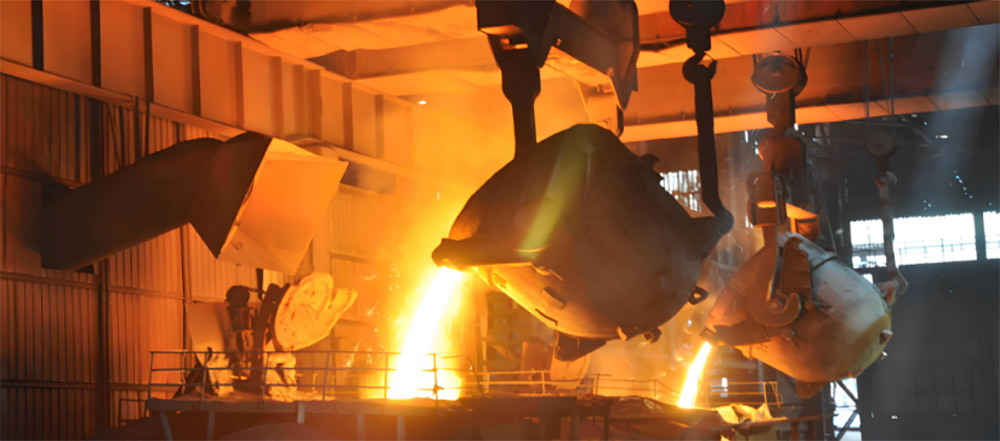The application of SNCR technology for desulfurization and denitrification in the metallurgical industry is mainly to remove nitrogen oxides from exhaust gas through non-selective catalytic reduction (SNCR). SNCR technology is an end-of-pipe treatment technology that does not use a catalyst, but instead sprays an amino-containing reducing agent (such as urea) evenly into the area of the industrial furnace where the temperature is 800-1100°C. This method selectively reduces nitrogen oxides in flue gas to harmless nitrogen and water, thereby achieving the purpose of reducing nitrogen oxide emissions. The removal efficiency of SNCR technology is generally 40%-50%, and this process will have a certain impact on the thermal efficiency of industrial furnaces. Although SNCR technology does not require a catalyst, its denitrification efficiency is low and it is easy to produce by-products such as nitrogen and hydrogen. In the metallurgical industry, the application of SNCR technology is to reduce nitrogen oxide emissions generated during steel production, which pose a threat to the environment and human health. By adopting SNCR technology, steel enterprises can reduce nitrogen oxide emissions, comply with environmental regulations, and also reflect the responsibility and contribution of enterprises to environmental protection.

Although SNCR technology has its limitations, such as low denitrification efficiency and impact on the thermal efficiency of industrial furnaces, it is still an important denitrification technology in the metallurgical industry, especially when there is no suitable catalyst or cost consideration. With the advancement of technology and the improvement of environmental protection requirements, SNCR technology may be used in combination with other denitrification technologies to improve the overall denitrification efficiency and reduce the impact on industrial production.



